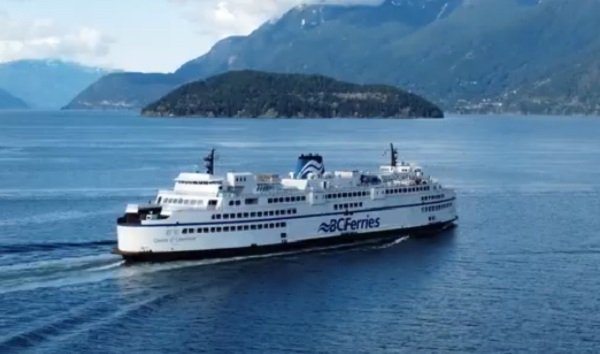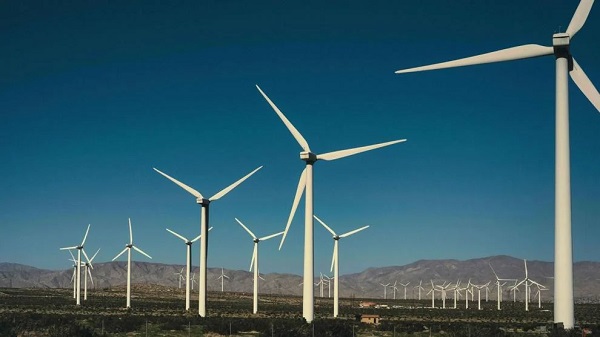Fraser Institute
Declining stature of foreign affairs minister underscores Canada’s waning influence on world stage
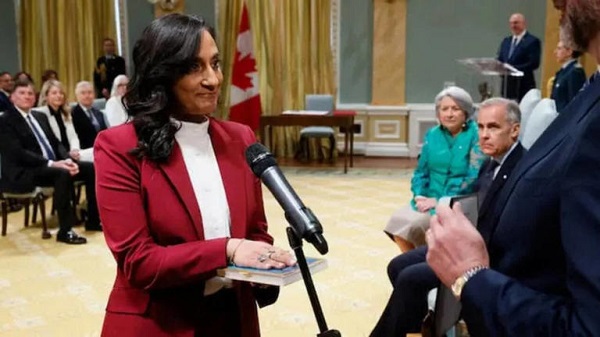
From the Fraser Institute
In the cabinet he unveiled in May, Prime Minister Mark Carney appointed Anita Anand to serve as this year’s foreign affairs minister.
Yes, that’s tongue in cheek. Anand may well serve longer than one year in that role. Her predecessor, Mélanie Joly, served three-and-a-half years, almost as long as John Baird who served from May 2011 to February 2015. But those two were exceptions to what has become a revolving door ministry. In this century, 15 people have served as minister of foreign affairs.
Some of this has to do with the six minority governments we’ve had in Ottawa over that time. But the bigger reason is that Global Affairs Canada, as it is currently known, no longer has the stature it once enjoyed, in part because foreign policy is directed more and more from the Prime Minister’s Office, and because “Canada’s standing in the world has slipped,” as Marc Garneau, who was foreign minister for nine months in 2021, wrote in his memoir. “We are losing credibility.”
The minister of foreign affairs was once seen almost as a Canadian equivalent of an American vice-president. Louis St. Laurent, Lester Pearson and Jean Chretien all served at foreign affairs before later becoming prime minister. Joe Clark served as foreign affairs minister after having been prime minister.
And Canadian foreign policy once mattered in world affairs. Pearson played a key role in the negotiations that led to the creation of the North Atlantic Treaty Organization (NATO) in 1949. He was the only Canadian to win the Nobel Prize for Peace, after he helped broker a ceasefire during the 1956 Suez Crisis that led to the first peacekeeping mission.
During her brief tenure as foreign affairs minister in 1979, Flora MacDonald promoted the idea of bringing Vietnamese refugees to Canada through private sponsorships by citizens and groups. The United Nations awarded Canada the Nansen Refugee Award for accepting more than 60,000 boat people, as they were known, from Indochina.
Joe Clark, as External Affairs minister in the 1980s, put Canada in the forefront of opposition to the apartheid regime in South Africa.
At the turn of this century, foreign minister Lloyd Axworthy led the movement that brought about the United Nations doctrine of Responsibility to Protect—a global commitment to prevent genocide and other atrocities.
And following the attacks on 9/11, Foreign affairs minister John Manley worked closely with Homeland Security Director Tom Ridge to secure the Canada-U.S. border, while continuing to promote free trade across it.
Since then, the stature of foreign affairs ministers has declined. Bill Graham was deeply disappointed when Paul Martin replaced him as minister with Pierre Pettigrew, whom Martin kept on a very short leash.
Stephen Harper cycled through a plethora of foreign affairs ministers—Peter MacKay, Maxime Bernier, David Emerson, Lawrence Cannon, Baird and, in the final months, Rob Nicholson.
Justin Trudeau did the same, replacing Stéphane Dion with Chrystia Freeland, then François-Philippe Champagne, then Garneau and finally Joly.
Part of this is the way of the world. In foreign affairs ministries everywhere, from Foggy Bottom to Whitehall to the Quai d’Orsay, diplomats lament that the office of the head of government effectively runs foreign affairs, shunting them aside.
But the declining stature of the Canada’s minister of foreign affairs coincides with the declining stature of Canada within the Western alliance and beyond, which itself is the result of the decline in Canda’s defence capability.
In the 1950s, during the Korean War, Canada’s defence spending reached 7.4 per cent of GDP. On John Diefenbaker’s watch it sat above 4 per cent; on Pearson’s, around 3 per cent.
Pierre Trudeau reduced the size and role of Canada’s military, while seeking to make Canada less closely aligned with the United States. He took defence spending down to 2 per cent of GDP, where Brian Mulroney kept it.
With the end of the Cold War, and with the need to balance the federal budget, defence spending under Jean Chretien and Paul Martin fell to about 1 per cent of GDP, where it largely remained under Stephen Harper and Justin Trudeau.
Other members of NATO are investing heavily in their military in the wake of Russia’s invasion of Ukraine. But Canada continues to lag behind.
Prime Minister Carney promises to increase Canada’s defence commitments while pursuing a more robust foreign and trade policy. We shall see. In any case, Anand should not get too comfortable in her office at the Pearson building. If past is precedent, she may not be there long.
Business
Canada’s health-care system is not ‘free’—and we’re not getting good value for our money

From the Fraser Institute
By Nadeem Esmail and Mackenzie Moir
In 2025, many Canadians still talk about our “free” health-care system. But in reality, through taxes, we pay a lot for health care. In fact, according to the latest data, a typical Canadian family will pay $19,060 (or about 24 per cent of their total tax bill) for health care this year.
Given the size of that bill, it’s worth asking—do Canadians get good value for all those tax dollars? Not even close.
First, Canadians endure some of the longest wait times for medical care—including primary care, specialist consultations and non-emergency surgery—among developed countries with universal health care. In fact, the wait in Canada for non-emergency care is now more than seven months from referral to treatment, which is more than three times longer than in 1993 when wait times were first measured nationally.
Why the delays?
Part of the reason is the limited number of medical resources available to Canadians. Compared to our universal health-care peers, Canada had some of the fewest physicians, hospital beds and medical technologies such as MRI machines and CT scanners.
And before you wonder if $19,000 per year isn’t enough money for world-class universal coverage, remember that Canada has one of the most expensive universal health-care systems in the developed world, which means Canadians are among the highest spenders on universal health care yet have some of the worst access to health-care services.
Fortunately, countries such as Switzerland and Australia, which both provide far more timely access to high-quality universal care for similar or even lower cost than Canada, offer lessons for reform. Compared to Canada, both countries allow a larger degree of private-sector involvement and, perhaps more importantly, competition in their universal health-care systems.
In Switzerland, for instance, health insurance coverage is mandatory and provided by independent insurers that compete in a regulated market. Swiss citizens freely choose between insurers (which must accept all applicants) and can even personalize some aspects of their universal insurance policy. Patients also have a choice of hospitals, more than half of which are operated privately and for-profit.
In Australia, citizens can purchase private insurance, which covers the cost of treatment in private hospitals. Higher income Australians are actively encouraged to purchase private health insurance and even have to pay additional taxes if they do not. Some 39 per cent of hospitals in Australia are private and for-profit, providing care to both privately and publicly insured patients.
Vitally, competition between private health-care businesses and entrepreneurs in both countries (and many others including Germany and the Netherlands) has helped create a more cost-effective and accessible universal health-care system. Back here in Canada, the lack of private-sector efficiency, innovation and patient-focus has led to the opposite—namely, long waits and poor access.
Health care in Canada is not free. It comes with a substantial price tag through our tax system. And the size of that bill leaves less money for savings and other things families need.
Getting better value for our health-care tax dollars, and solving the longstanding access problems patients face, requires policy reform with a more contemporary understanding of how to structure a truly world-class universal health-care system. Until that reform happens, Canadians will continue to be stuck with a big bill for lousy access to health care.
Fraser Institute
Carney government should scrap gun ‘buyback’ program and save taxpayer money

From the Fraser Institute
By Gary Mauser
More than 90 per cent of guns used in crimes are illegally imported into Ontario from the United States, which means the confiscation (or “buyback”) program would not affect these guns. And the program diverts financial and policing resources towards law-abiding Canadians who own firearms
Given the mountain of federal debt, the Carney government’s much-anticipated fall budget should tell us how Ottawa plans to deal with the prime minister’s new priorities. Carney has urged cabinet to find existing programs to cut so Ottawa can afford the new spending he’s promised, such as meeting the NATO 5 per cent commitment and opening up new energy corridors.
Clearly, if the government wants to cut waste, it should axe the Trudeau-era gun ban and confiscation program, which—according to reports—the government plans to fully rollout this fall.
First, some background. In 2020, with the stroke of a pen, the Trudeau government instantly made it a crime for federally-licenced firearms owners to buy, sell, transport, import, export or use hundreds of thousands of formerly legal rifles and shotguns. According to the government, the ban targets “assault-style weapons,” which are actually classic semi-automatic rifles and shotguns used by hunters and sport shooters for more than 100 years. When announcing the ban, the prime minister said the government would confiscate the banned firearms and provide “fair compensation” to owners. That hasn’t happened.
In fact, the government has revealed no plans about how it will collect the banned firearms nor has it included compensation costs in any federal budget. The amnesty period (to allow compliance with the ban), which the government has extended in the past, is set to expire on Oct. 30, 2025.
The program faces stiff opposition from several key players.
For example, the provincial governments in Ontario and Saskatchewan don’t want to participate. As noted by Ontario’s solicitor general, more than 90 per cent of guns used in crimes are illegally imported into Ontario from the United States, which means the confiscation (or “buyback”) program would not affect these guns. And the program diverts financial and policing resources towards law-abiding Canadians who own firearms and are already heavily regulated and screened.
The National Police Federation, which represents 20,000 RCMP members, has said the program is a “misdirected effort when it comes to public safety.”
Canada Post, which has been tasked by Ottawa to receive and warehouse firearms, wants nothing to do with the program due to fear of conflicts between staff and gun owners, and the ability of Canada Post to safely store potentially hundreds of firearms in postal substations.
And the Canadian Sporting Arms and Ammunition Association, which represents firearms retailers, said it will have “zero involvement” in helping confiscate these firearms.
Meanwhile, there’s no evidence the program will improve public safety.
In fact, Canadian firearms owners are exceptionally law-abiding and less likely to commit murder than other Canadians—and that shouldn’t be surprising. To own a firearm in Canada, you must obtain a Possession and Acquisition Licence (PAL) from the RCMP after initial vetting and daily monitoring for possible criminal activity. Between 2000 and 2020, an average of 12 PAL holders per year were accused of homicide, out of approximately 2 million PAL holders. The number of PAL holders increased from 1,979,054 to 2,206,755 over this same time period, so the PAL holder firearms homicide rate over 20 years was 0.63 per 100,000 PAL holders. But the firearms homicide rate for adult Canadians is 0.72 per 100,000—that’s 14 per cent higher than the rate for PAL holders.
Even the minister in charge of the program—Gary Anandasangaree, the Carney government’s public safety minister—seems to think it’s a bad idea. In an audio recording released online, he said: “I just don’t think municipal police services have the resources to do this” before adding that the program’s goals may be more about politics than sound policy.
So, with a federal budget looming, how much will the gun ban/confiscation program cost taxpayers?
The plain answer: we don’t know. But back in 2020, the Trudeau government said it would cost $200 million to compensate firearms owners for confiscating their now-banned firearms, although the Parliamentary Budget Officer said compensation costs could reach $756 million. The federal government recently said the program’s administrative costs (safe storage, destruction of hundreds of thousands of firearms, etc.) would reach an estimated $1.8 billion. My estimate, based on a similar program in New Zealand in 2019, for only compensation costs and the collection phase is closer to $6 billion.
Today, more than 150 employees of the Department of Public Safety in Ottawa are working full time on the program, yet few firearms (12,195) have been collected to-date. The program spent $67.2 million by 2024, before it collected a single gun, and is now projected to cost $459.8 million in 2025/26 alone, mainly on public opinion surveys and planning. Basically, they’re trying to figure out how to confiscate and destroy hundreds of thousands of guns from across Canada. Apparently, this planning costs hundreds of millions of dollars.
In sum, Ottawa’s gun ban/confiscation (“buyback”) program is very expensive and likely won’t achieve its stated goals of improving public safety. If the Carney government wants to find savings, the program is good place to start.
-
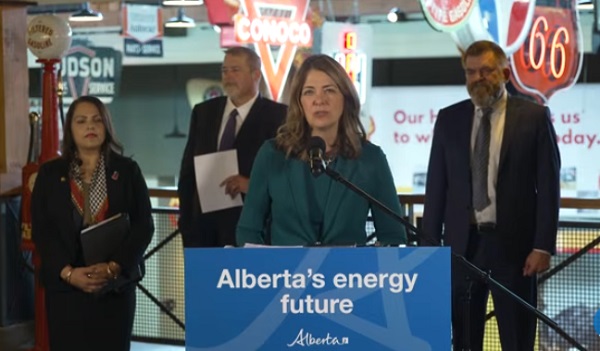
 Alberta1 day ago
Alberta1 day agoWith no company willing to spearhead a new pipeline under federal restrictions, Alberta takes the lead
-

 National2 days ago
National2 days agoCanada’s birth rate plummets to an all-time low
-

 espionage2 days ago
espionage2 days agoNorth Americans are becoming numb to surveillance.
-
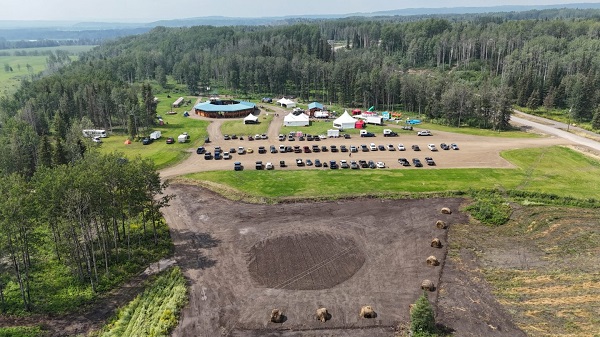
 Alberta1 day ago
Alberta1 day agoHalfway River First Nation makes history with Montney natural gas development deal
-

 Crime2 days ago
Crime2 days agoPierre Poilievre says Christians may be ‘number one’ target of hate violence in Canada
-
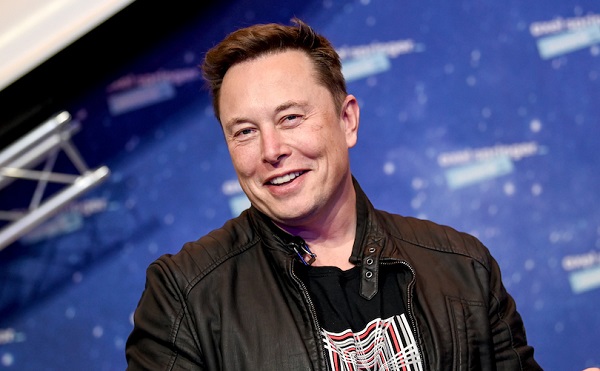
 Business1 day ago
Business1 day agoElon Musk announces ‘Grokipedia’ project after Tucker Carlson highlights Wikipedia bias
-

 Alberta1 day ago
Alberta1 day agoTaxpayers: Alberta must scrap its industrial carbon tax
-
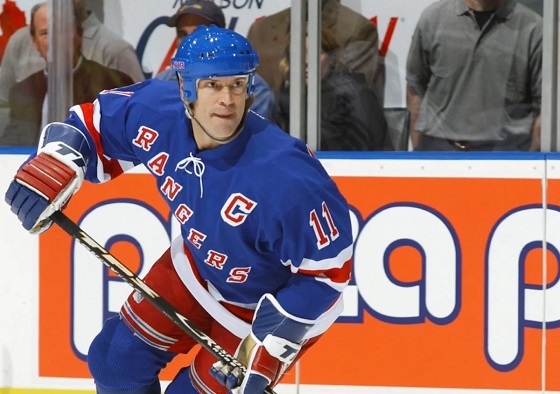
 Bruce Dowbiggin1 day ago
Bruce Dowbiggin1 day agoThe McDavid Dilemma: Edmonton Faces Another Big Mess

